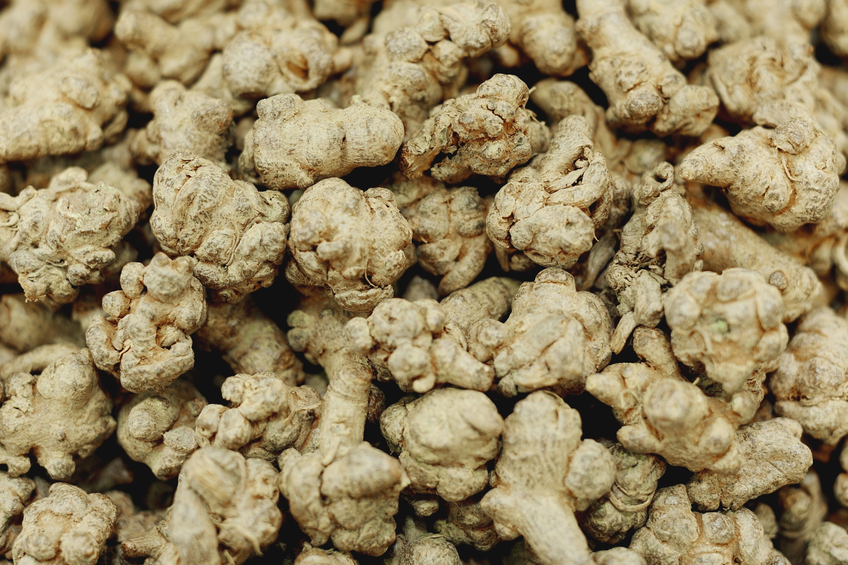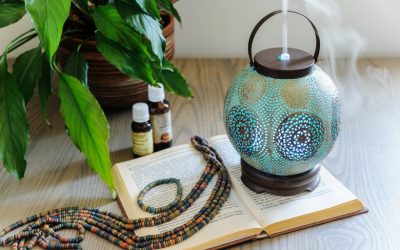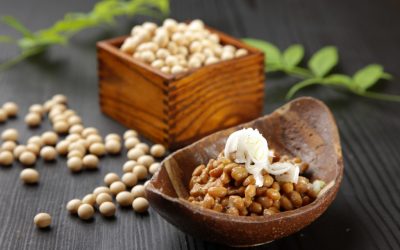Adverse Effects Caused by Spinal Cord Injury May be Treatable With Panax Notoginseng Supplementation
Countless risks including personal injury from recreation or accident, cancer, prolonged inflammation, arthritis, and disk degeneration of the spinal cord can contribute to hazardous damage known as spinal cord injury. Such accidents render motor and sensory functions impaired or disabled. Complete spinal cord injury is characterized as the loss of all sensory and motor functions of all or part of the spinal cord. Incomplete spinal cord injury is a lesser form where feeling and function are partially impaired in the location the damage occurred. The most extreme form of these injuries is paralysis, where limbs and other organs are additionally impaired. Symptoms common to spinal cord injury include impaired or painful movement, loss of feeling in the affected area, respiratory weakening, pain, and loss of bladder and reflex control. As the condition exacerbates, outside inflammation, cellular death, loss of circulation, and chemical imbalances like calcium levels can ensue, aggravating the symptoms and quality of life experienced by the patient. Precautionary measures must be taken to prevent the deterioration of the human body after spinal cord injury.
A recent Chinese study proposed the use of Panax notoginseng in the prevention of these unfavorable symptoms post spinal injury. This perennial herb was considered in the form of Panax notoginseng saponins (PNS) to avert cellular death, damage to the neurons, and prolonged inflammation. Panax notoginseng is an extensively studied Chinese herbal supplement that originally means “cure-all” in Latin. This perennial can be found in China and Japan and is nontoxic. Most commonly PNS has been utilized for disorders in the blood, but this study utilized it for treatment to inflammation and neuron damage after an experienced spinal cord injury. Additionally, these researchers assessed its ability to prevent inadequate blood supply, which impacts motor skills.
To track the efficacy of PNS in the therapy of spinal cord injury, researchers honed in on the production of two growth factors (nerve and brain-derived) that indicate neural survival and restructuring post injury. In an animal model, compared with a placebo of saline solution, rats administered with PNS after an induced spinal cord injury expressed higher levels of nerve and brain neuron growth factors, indicating improved conditions post injury. This level of therapy correlated with improved motor functions in the limbs of the study subjects. With such a positive correlation between spinal injury prognosis and the holistic treatment with Panax notoginseng, subsequent steps will clinically apply these mechanisms in human therapies.
Reference
Wang B, Li Y, Li X, Li Y. Panax notoginseng saponins improve recovery after spinal cord transection by upregulating neurotrophic factors. Neural Regeneration Research. 2015;10(8):1317-1320. doi:10.4103/1673-5374.162766.



